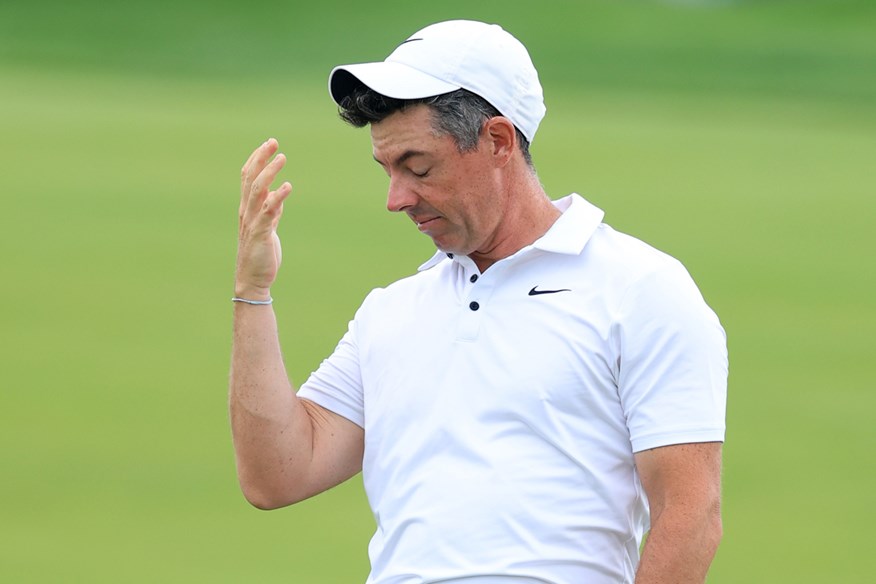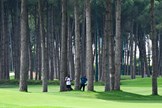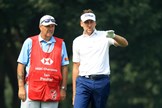Rory McIlroy reveals the biggest mistake amateur golfers make – and how to fix it
Published:
Rory McIlroy shares the biggest mistake he sees amateur golfers make during pro-ams – and the simple fix that could lower your scores.
Tour golf can feel like a different sport compared to the game most amateurs play. Precision swings, pumped drives, immaculate fairways, zipped wedges, adoring crowds – it’s a far cry from a group of mid-handicappers scraping their way to 27 points in the midweek stableford at the local muni.
But there’s one day each week where those two worlds collide.
Most tour events involve a pro-am before the competitive action begins. It gives amateurs a rare chance to tee it up alongside the best players in the game, and for the pros, it’s an insight into how everyday golfers approach the game – and where things often go wrong.
So what does world no.2 and five-time major winner Rory McIlroy see when he watches amateurs take on a tour-level course?
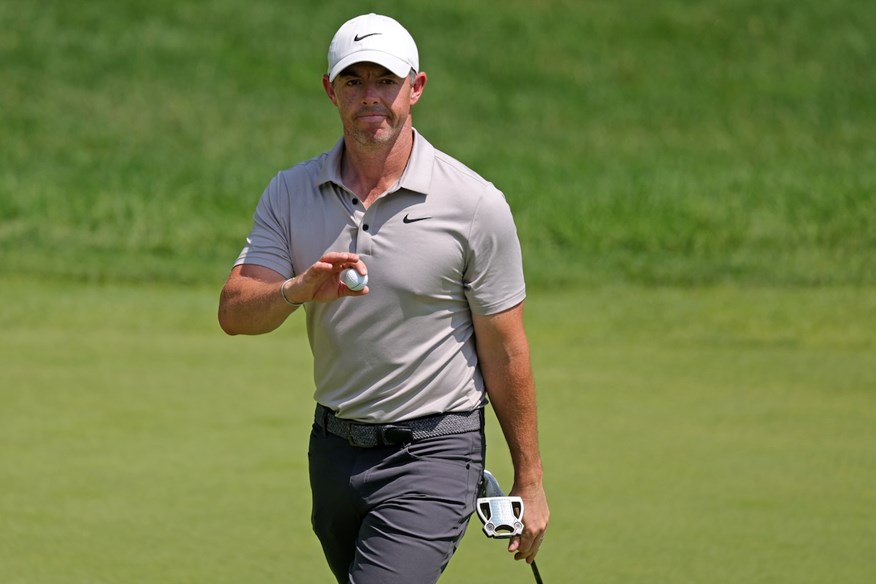
Understandably, amateurs are keen to get as much info as they can from one of the best in the game. But McIlroy reckons their thirst for swing tips and technical guidance is the wrong focus.
“I’ll certainly help them to read a green,” he said after the pro-am at last week’s Travelers Championship, “but the last thing they need is more swing thoughts in their head when they’re playing in these pro-ams.”
Most amateurs would give anything to inherit even a tiny bit of McIlroy’s free-flowing swing, but in truth, they may be better off stealing his course management strategy.
“I think sometimes it’s just they try to take shots on or they try to hit a shot that they probably could pull off once or twice out of 10 instead of playing a little bit more percentage,” he explained. “That’s boring, but that’s certainly the most effective way to lower your score.”
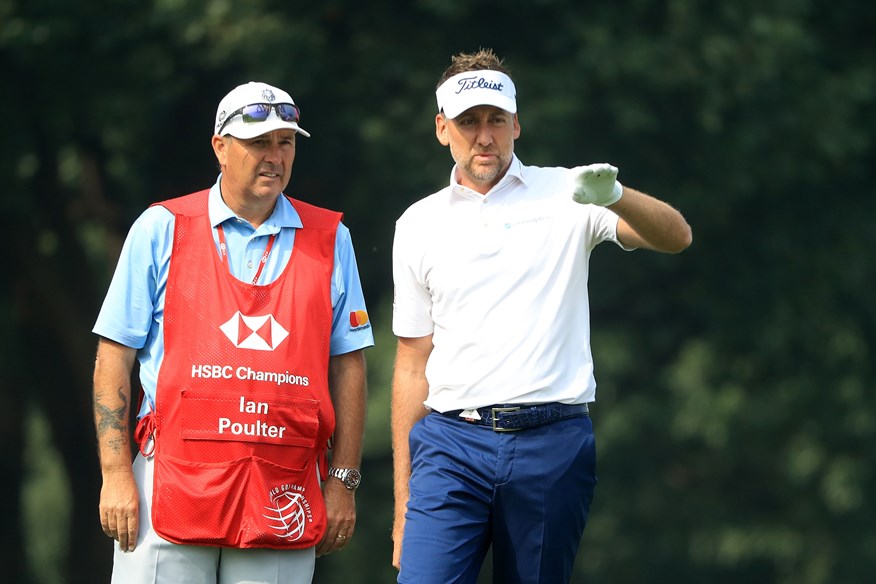
80% of the time, it works every time
McIlroy’s advice reminded me of a round of golf I played about a decade ago with Ian Poulter and his then-caddie, Terry Mundy.
The pair revealed that Poulter was only “allowed” to take on a shot if they were both certain it would come off at least eight times out of 10. The rule could only be relaxed in extreme circumstances – say a matchplay situation where playing it safe would guarantee losing the hole.
As McIlroy says, this strategy could be considered “boring”. If you want to take on Hollywood shots because it’s fun and you’re willing to accept the consequences when they don’t come off, then go for it. But if you want to score as well as possible, making smart, low-risk choices is always the play.
And if you want some hard data to back that up…
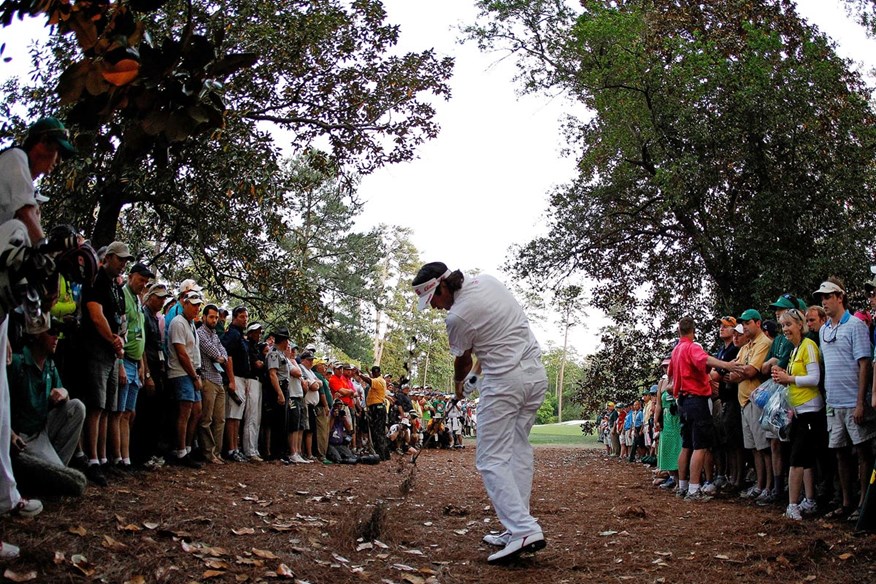
What tour pros do when they’re in the trees
Mark Broadie – the brain behind ‘strokes gained’ and one of golf’s leading statisticians – once analysed what PGA Tour pros do when they find themselves in the trees. The answer? They make bogey 80% of the time.
That tells you two things.
- Try not to hit your ball into the trees.
- If you do, don’t assume a miracle recovery is the best option, regardless of how skilled you are.
Get back into play, give yourself a decent lie, and you’ve got a chance to one-putt for par or, at worst, walk off with a bogey. Take on the low-percentage hero shot and you risk compounding the mistake, leaving yourself in an even worse spot, and racking up a double, triple, or worse.
Never follow a bad shot with a bad decision. Remember: you just missed a 30- or 40-yard-wide fairway by however much to put yourself in this position… so what makes you think that same swing can now thread the ball through a five-yard gap?
It’s human nature. We’ve made a mistake and want to make up for it as quickly as possible.
But one bad shot doesn’t ruin a round. It’s when you make a mistake and compound it with high-risk, low-percentage recovery attempts that things get out of hand and the big numbers start to rack up.
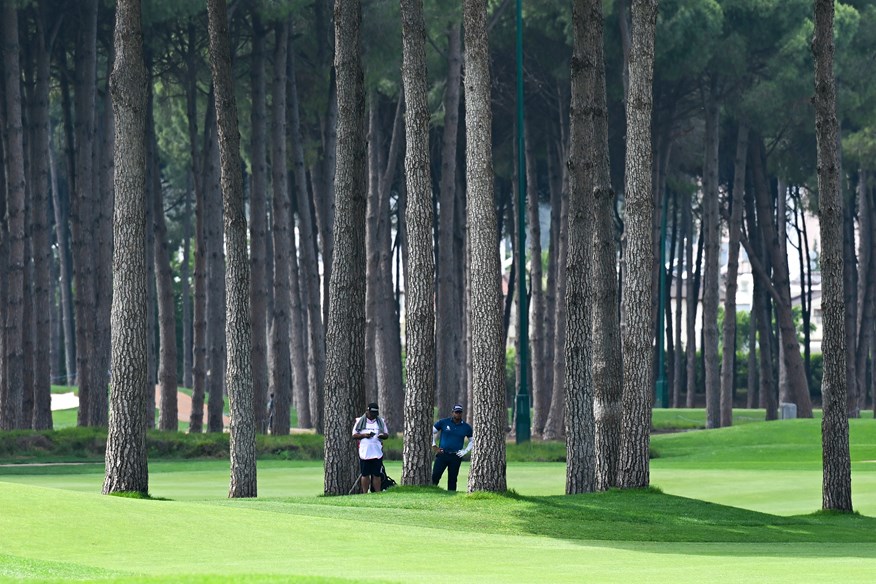
Weighing it up
Before pulling the trigger on a risky shot, ask yourself: is the juice worth the squeeze?
Say you’re in the trees and you’ve got two gaps – one big and safe, the other tight and risky. Even if you pull off the riskier shot, how much closer to the green are you getting? Is the marginal gain worth the added risk?
You could take the safer route, have a slightly longer approach, and still walk away with the same score – minus the stress and potential disaster.
The biggest thing is to accept the outcome of whatever risk you’re taking. What you don’t want is to take on a shot that only works once in a blue moon – and then be shocked and frustrated when it doesn’t come off.
So next time you’re sizing up a hero shot from the trees, ask yourself two things:
- Would Rory go for this?
- If he wouldn’t, why should you?
When one of the best ball-strikers in the game is saying “boring golf is better golf,” maybe it’s time we all start listening.
